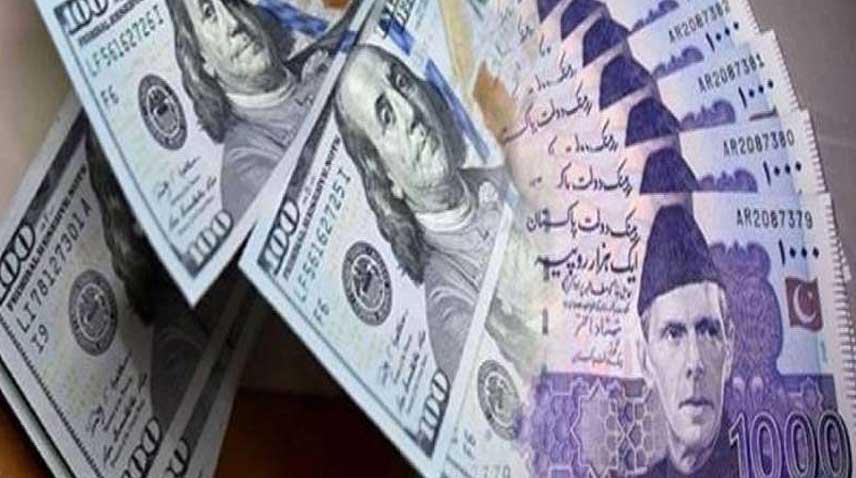
The local currency closed at Rs283.96, compared to the previous day’s Rs283.86, the Forex Association of Pakistan reported.
The dollar’s buying and selling rates in the open market stood at Rs285.60 and Rs286.50, signaling a stronger demand among local traders and the public, the association revealed.
In an interesting turn, the Euro gained 23 paisa, closing at Rs335.38 against Rs335.15. This rise hints at Europe’s steady economic signals that continue to influence the Pakistani currency market.
The Japanese yen, on the other hand, saw a minor decline of 01 paisa, trading at Rs1.96 instead of Rs1.97. This shows a rather stable trend but reflects ongoing fluctuations in Asia’s markets.
The British Pound dropped by Rs07, settling at Rs388.01 from the previous Rs388.08. The dip raises questions about global investor confidence and the Pound’s long-term strength against the Rupee.
The Emirates Dirham and the Saudi Riyal both edged up slightly, increasing by 03 paisa and 02 paisa respectively, ending at Rs77.31 and Rs75.71. These small gains underline the consistent influence of Gulf economies on Pakistan’s forex landscape.
Read more: Saudi Aramco, world s most profitable firm, mulls power assets sale to raise billions
Although the Rupee’s slip appears minor, it hints at underlying market uncertainties and external pressures on Pakistan’s foreign exchange reserves. The mixed moves in other major currencies suggest traders are closely watching global economic trends and local policy shifts. A subtle weakening might be a signal for upcoming monetary adjustments or changes in import-export dynamics.



